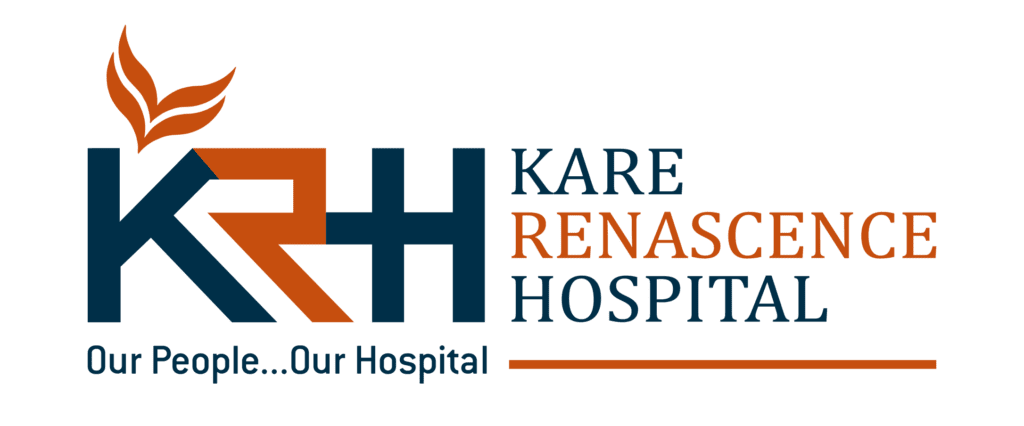Too many kids and teens have high blood pressure (hypertension) and other risk factors for heart disease and stroke. Using the updated 2017 American Academy of Pediatrics (AAP) Clinical Practice Guidelineexternal icon, a CDC study shows that about 1 in 25 youth ages 12 to 19 have hypertension, and 1 in 10 has elevated blood pressure (previously called “prehypertension”). High blood pressure is more common in youth with obesity.
High blood pressure in youth is linked to health problems later in life. The good news is that you can both help prevent high blood pressure and manage it.
Study Finds Many Young People Have High Blood Pressure
CDC analyzed data from more than 12,000 participants ages 12 to 19 who responded to the National Health and Nutrition Examination Survey (NHANES) from 2001 to 2016. CDC used these data to find out how the 2017 AAP Clinical Practice Guideline affects hypertension trends in youth over time.
Using the new guideline’s criteria, CDC found that more than 1 in 7 U.S. youth ages 12 to 19 had high blood pressure or elevated blood pressure during 2013 to 2016.
Key findings from the Morbidity and Mortality Weekly Report (MMWR) include:
- High blood pressure in youth has decreased, but youth are still at risk. Between 2001 and 2016, the prevalence of high blood pressure declined as measured by both the new and former guidelines. But there are still many young people with high blood pressure and other cardiovascular disease risk factors, such as obesity and diabetes. Even with this downward trend, under the new guideline more youth are classified as having high blood pressure than 15 years ago under the former guideline.
- Nearly half of these newly reclassified young people have obesity. Obesity in youth means having a body mass index (BMI) greater than or equal to the 95th percentile. (Calculate your child’s BMI.)
- Youth ages 18 to 19 account for about half of the increase, and males account for more than two thirds.
An estimated 1.3 million youth ages 12 to 19 would have high blood pressure according to the new guidelines, or about 1 in 25 children. In a classroom of 30 youth, 1 person would have hypertension, and about 3 more would have elevated blood pressure.Risks for cardiovascular disease that start in childhood are more likely to carry over into adulthood. Youth who have cardiovascular disease risk factors, such as high blood pressure, obesity, and diabetes, are more likely to have these risk factors as adults, putting them at greater risk for heart disease and stroke. A healthy diet and regular exercise are important to reducing these risk factors. Ensuring that youth are eating a healthy diet and getting enough physical activity is crucial to helping prevent cardiovascular disease.
What can parents do?
Ask your doctor to measure your child’s blood pressure starting at age 3. Helping children keep a healthy weight, eat nutritious foods, and get regular physical activity can lower their blood pressure and reduce their risk for cardiovascular disease later in life. Try these tips to help your child keep a healthy weight and normal blood pressure:
Food and Drinks
- Offer nutritious, lower-calorie foods such as fruits and vegetablesexternal icon in place of foods high in added sugars and solid fats. Try serving more fruits and vegetables at meals and as snacks.
- Provide foods that are low in sodium (salt). Sodium raises blood pressure. Nearly 9 in 10 U.S. children eat more sodium than is recommended. Learn more about sodium.
- Make sure water is always available as a no-calorie alternative to sugary drinks, and limit juice.
Physical Activity
Help your child get the recommended amount of physical activity each day. Choose from many age-appropriate activities.
Healthy Weight
Be aware of your child’s growth. Learn how obesity is measured in children, and use CDC’s Child and Teen BMI Calculator to screen your child for potential weight issues.



